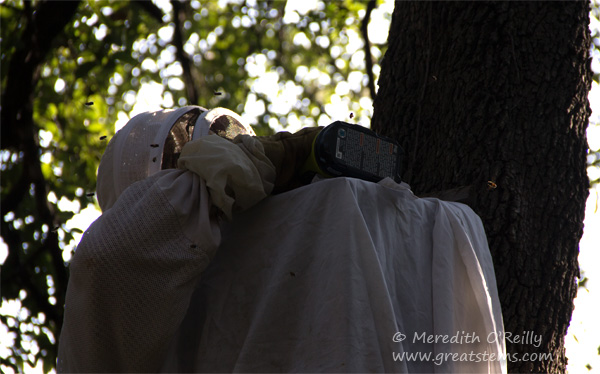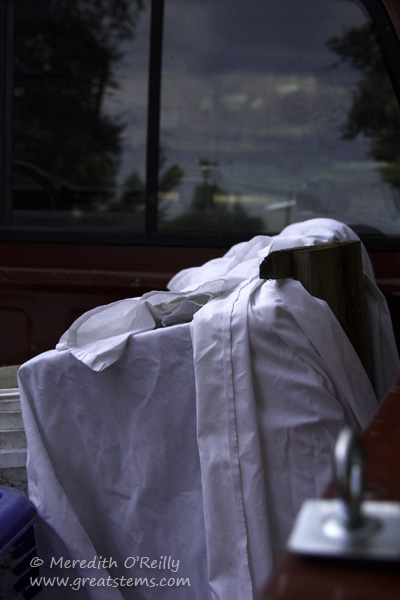My family and I enjoy visiting Walnut Creek Park here in Austin with our dogs and friends all throughout the year. This beautiful 300-acre woodland park is busy with strolling families, determined trail runners, frolicking leash-free dogs, and trail-riding, hill-leaping, rock-jumping cyclists. The biggest draw of all is nature, with woods, grasslands, crisscrossing streams, and abundant wildlife. This fall, the park has been adorned with spectacular blooms and berries, perhaps thanks to the well-timed rains we’ve had this season and earlier in the year.
FYI, these photos were taken with my smart phone over a three-week period.
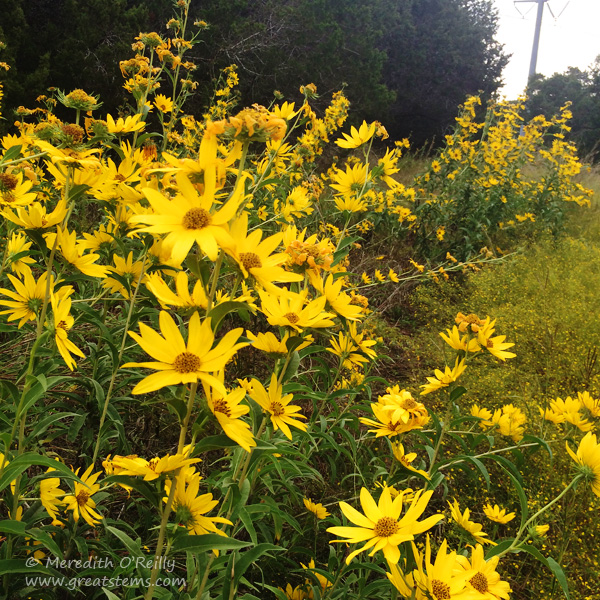
Just three weeks ago, Maximilian Sunflowers (Helianthus maximiliani) brought bright sunshine to line the trails.
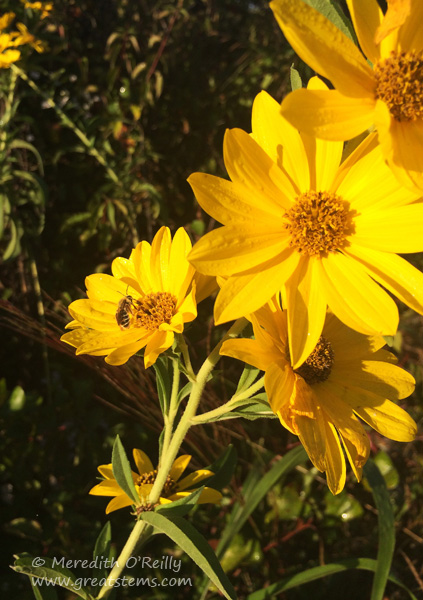
While many sunflowers are annuals, Maximilian Sunflowers are perennial members of the aster family, and while they wait all year until fall to finally show their true colors, the pollinators are grateful once they do.
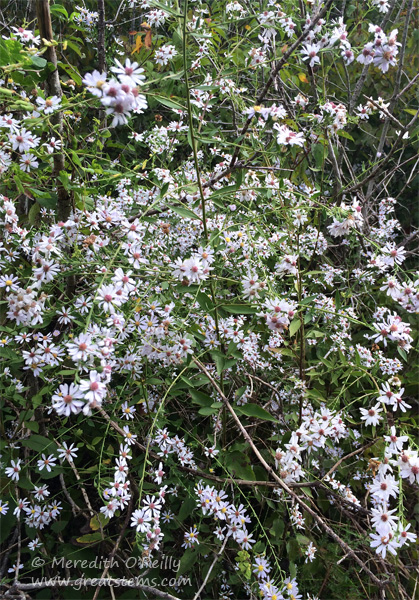
Tucked into shadier areas, Calico Asters (Symphyotrichum lateriflorum) offered a subtle but happy fall presence.
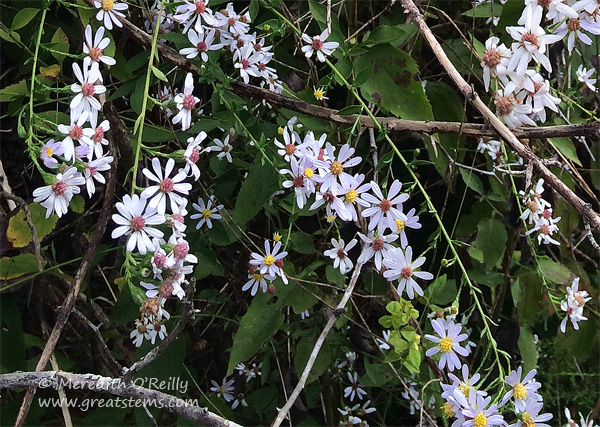
Calico Asters are so named because their disk flowers offer yellow centers that age to a darker red. The plant can have both colors on display at the same time.
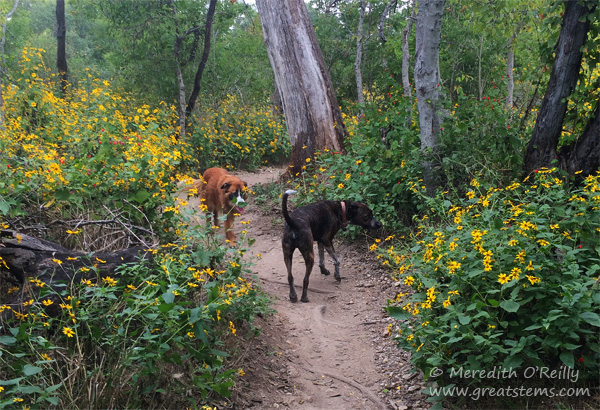
But the woodland areas also have their own yellow sunshine in the fall — Plateau Goldeneye (Viguiera dentata). This lovely aster is a prolific reseeder, but it is easy to manage. I have some special Goldeneyes in my backyard that were given to me by a dear woman who passed away this spring. They can reseed in my yard all they want, for each one is a memory of a wonderful environmental steward and friend.
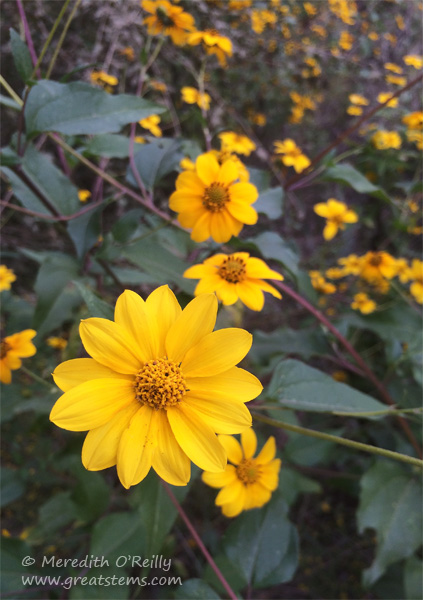
Plateau Goldeneye is not only beautiful, it is the host plant for Cassius Blue and Bordered Patch butterflies.
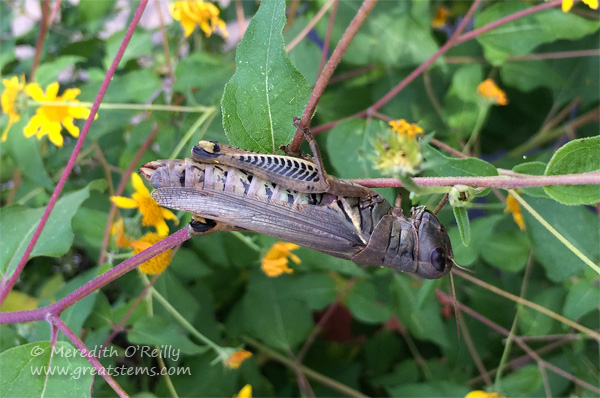
Apparently some grasshoppers find it tasty, too. This photo actually is of a muncher I saw at the Wildflower Center a couple of weeks ago. It didn’t bother to stop eating while I took its picture.
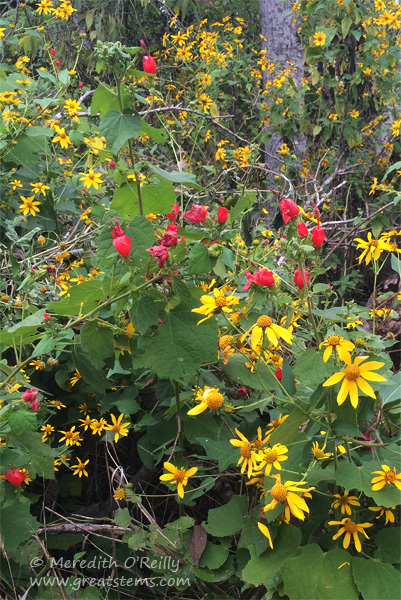
Above, Turk’s Cap (Malvaviscus arboreus var. drummondii) had a determined showing at Walnut Creek Park despite the abundant presence of Plateau Goldeneye. No worries, for it knows that its seasonal blooms will outlast the yellow ones of its aster companions.
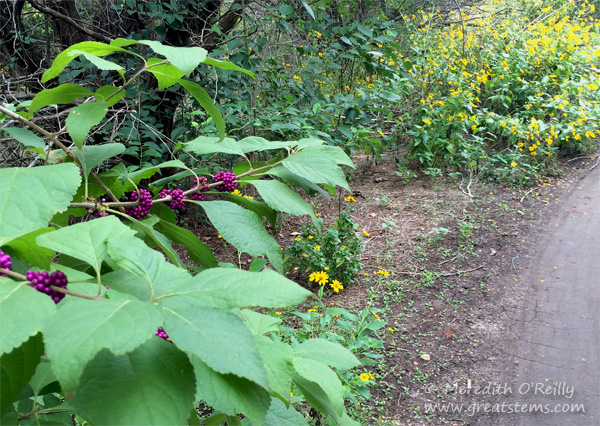
The berries of American Beautyberry (Callicarpa americana) gave a pleasantly shocking contrast of magenta. It’s hard to keep jogging or walking when these beautiful colors beckon you to stop. Mockingbirds would rather you keep going, however. Once you are out of the scene, they’ll get to work eating those beautiful berries.
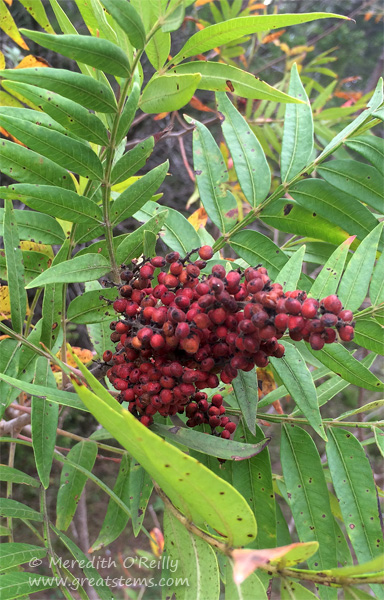
Clusters of Prairie Flameleaf Sumac (Rhus lanceolata) berries ripen in the fall to a dark red color. These tart berries can be soaked to create a lemonade of sorts, high in Vitamin C.
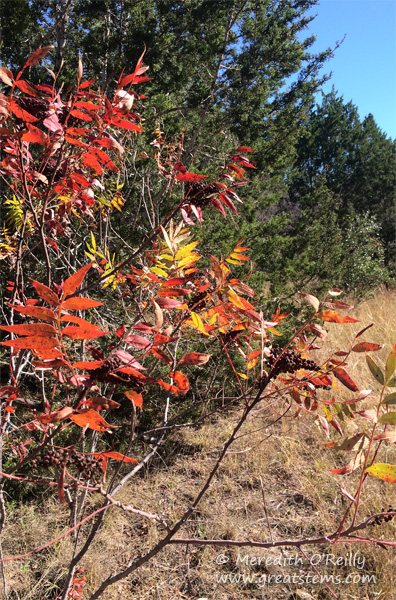
A few weeks later, the berries are shriveled, and the foliage changes to vibrant fall colors, well deserving of its Flameleaf name.
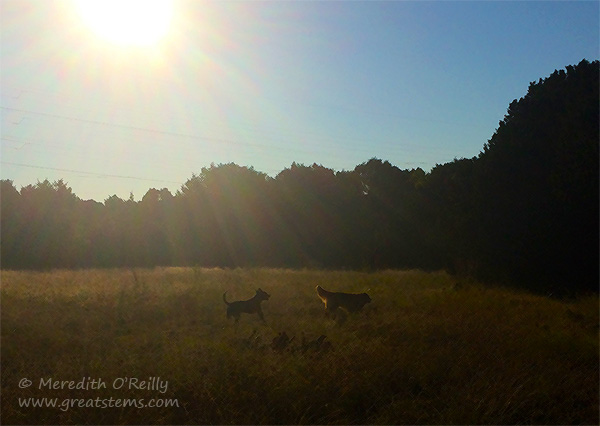
Sometimes the Walnut Creek woods open up to sudden pocket meadows, giving romping dogs opportunities to bounce above the grasses, chase rabbits, and collect many seeds in their fur.
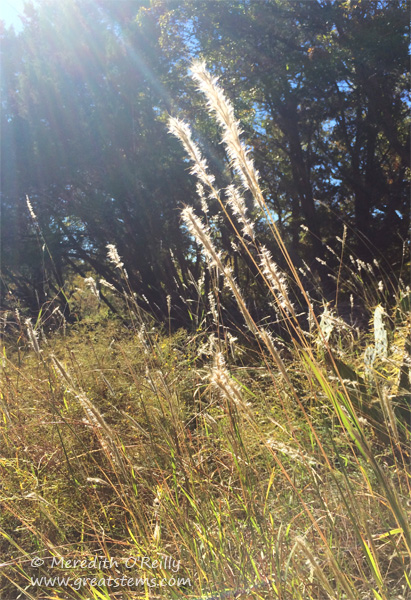
Those grasses, catching sunlight with their wispy seedheads, have their own seasonal value, for they give wildlife an important food source throughout the cooler months ahead.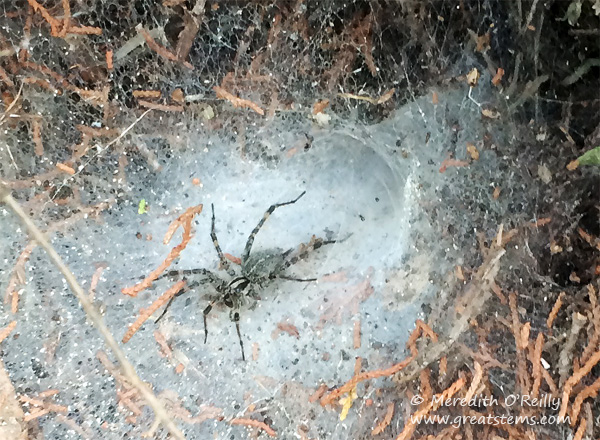
Not so much a bloom, this funnel weaver spider did at least come out of its cozy hiding spot to say hello as we traveled by.
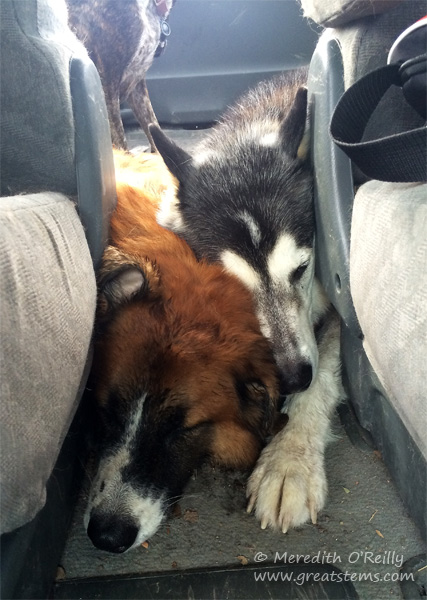
Beautiful park, worth visiting if you are in Austin. Dogs, worn out and happy. Dog points earned for the family.
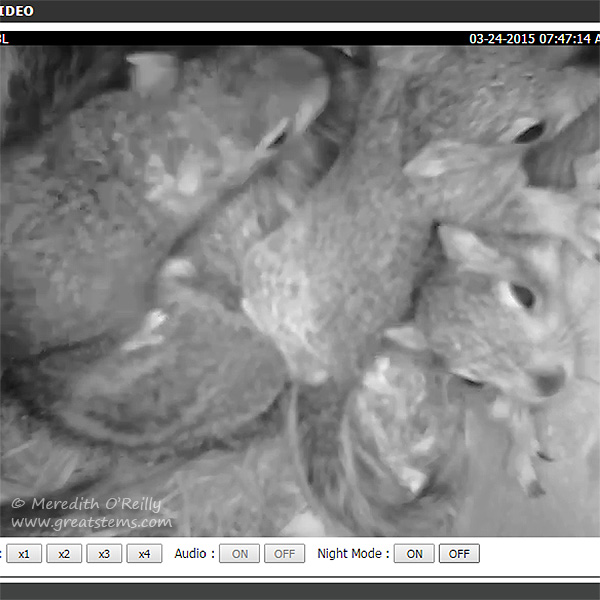
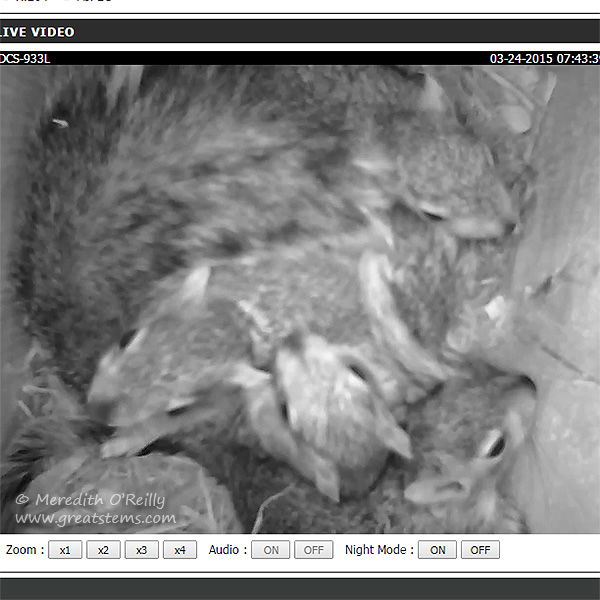
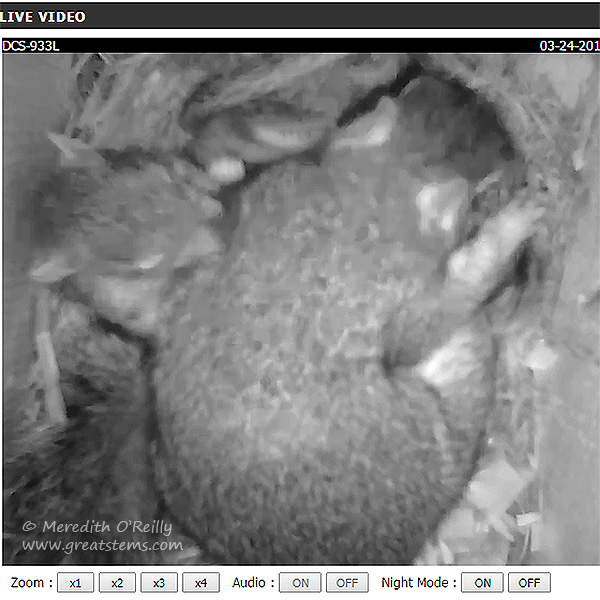
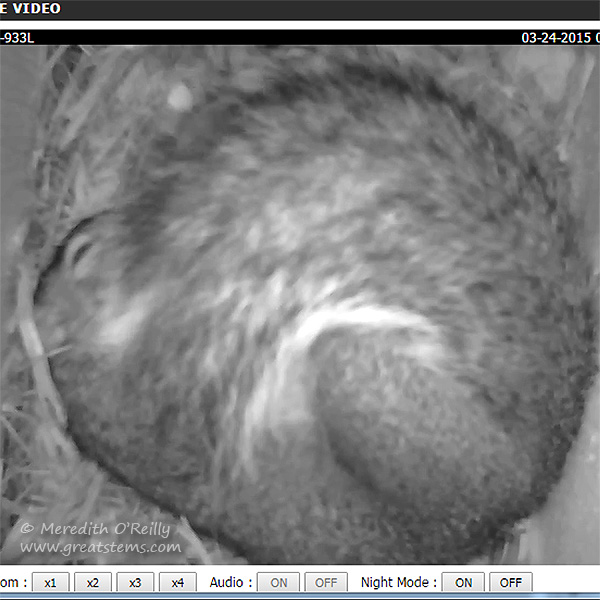
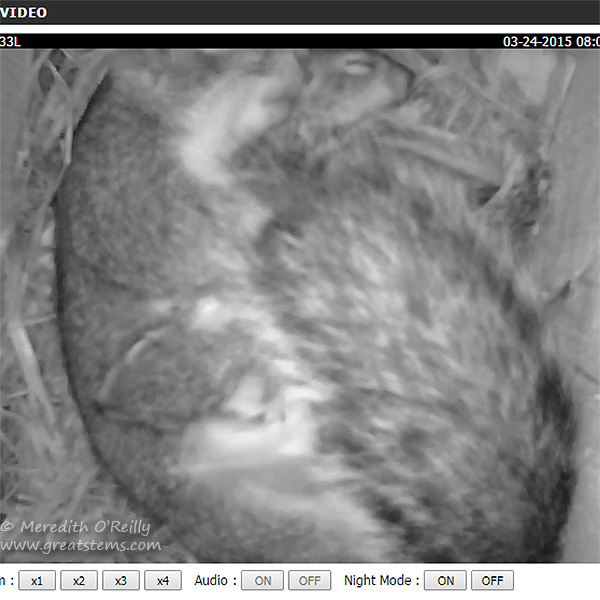
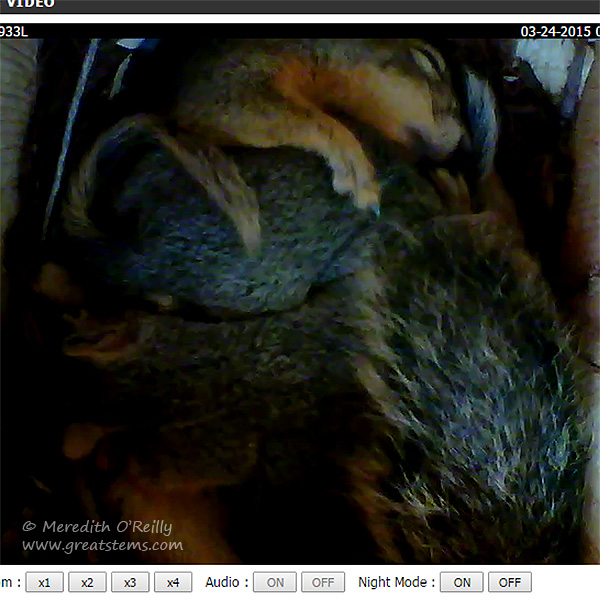
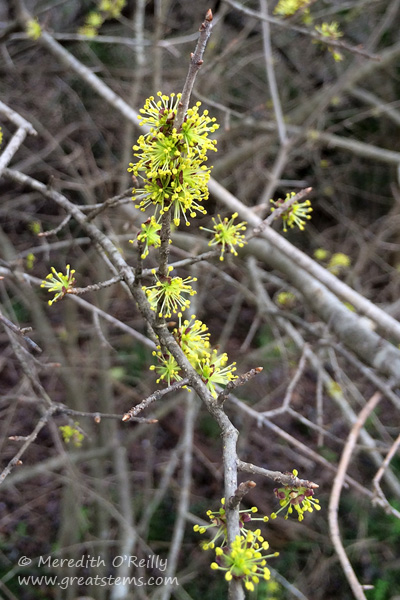
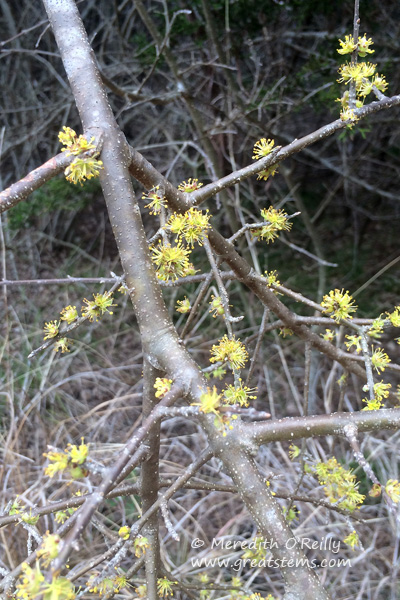
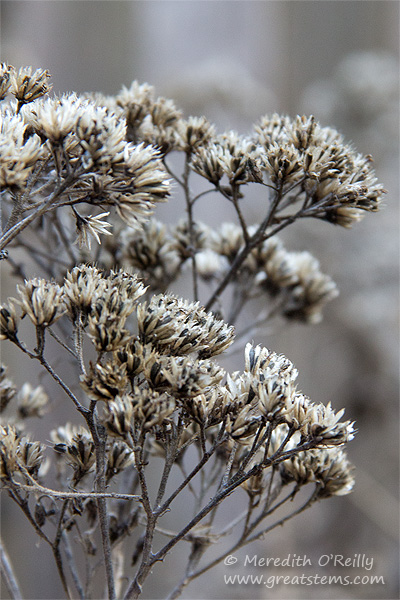
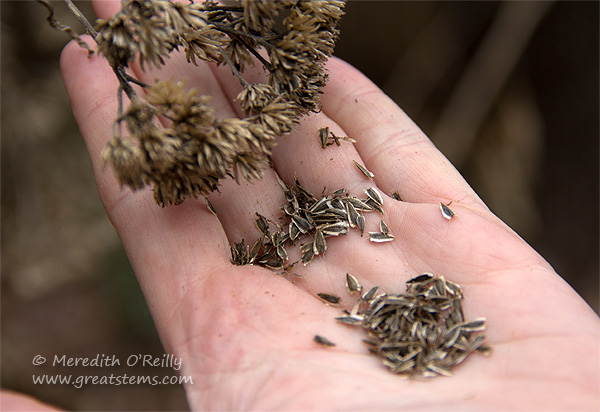
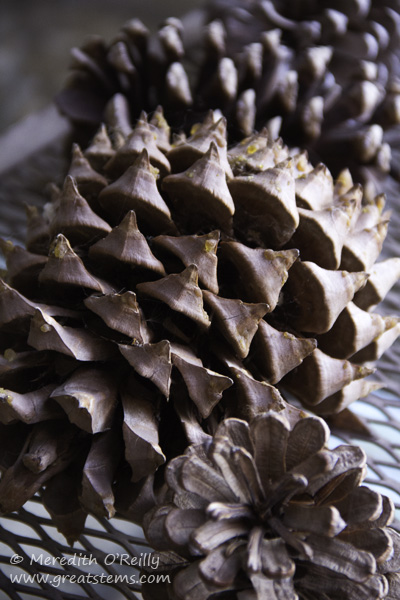
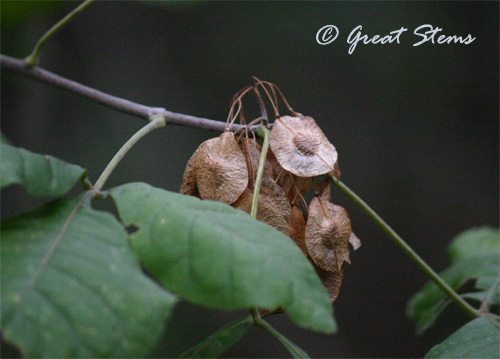
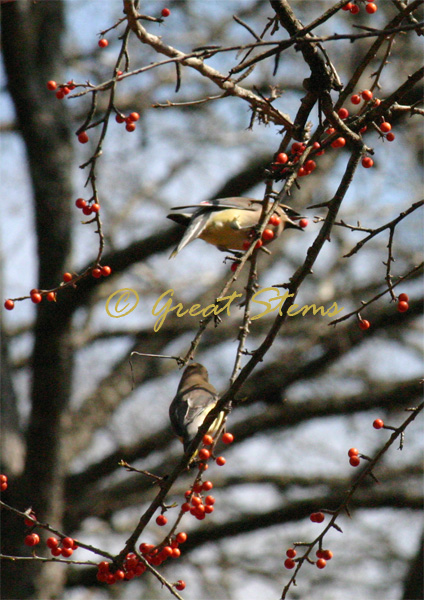
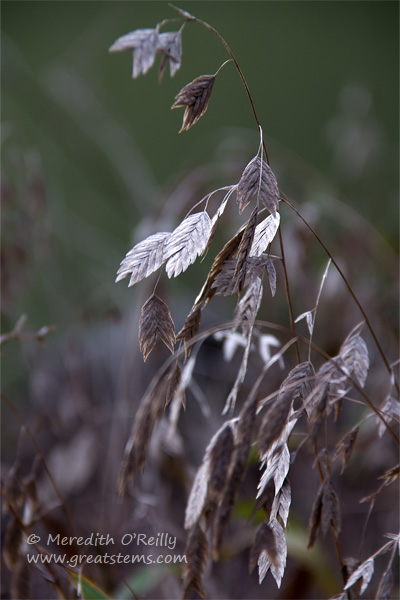
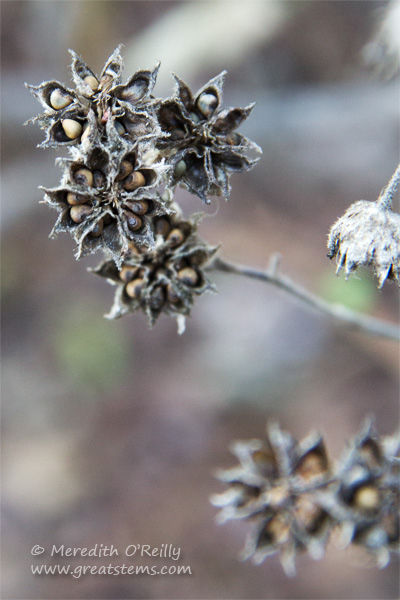
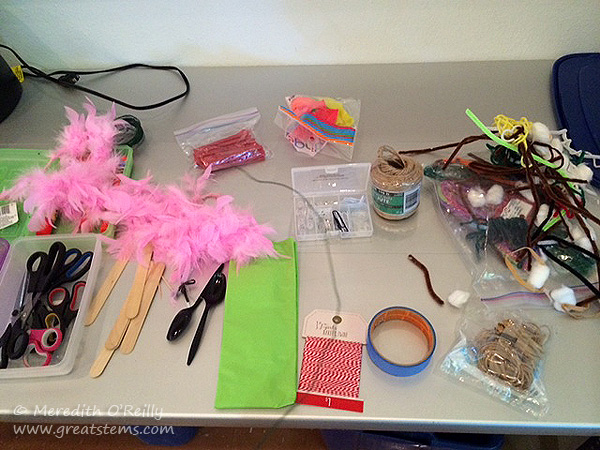 Working with kids has made the study of seed dispersal all the more fun. Want to challenge your children or students? Have them use different craft materials to design their own seeds with different methods of dispersal. Then test their dispersal success — possibly with a fan, a tub of water, a measuring tape to determine expulsion distance, or cloth or stuffed animal as “fur.” Try it yourself, too!
Working with kids has made the study of seed dispersal all the more fun. Want to challenge your children or students? Have them use different craft materials to design their own seeds with different methods of dispersal. Then test their dispersal success — possibly with a fan, a tub of water, a measuring tape to determine expulsion distance, or cloth or stuffed animal as “fur.” Try it yourself, too!














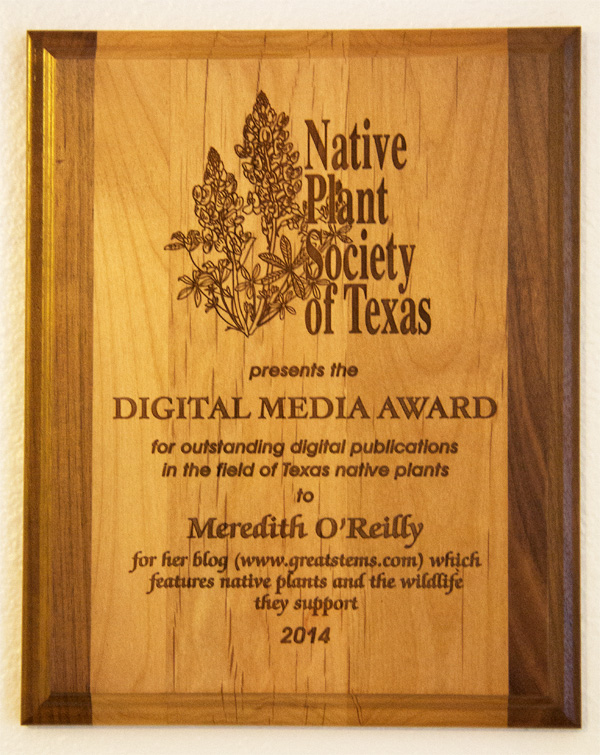
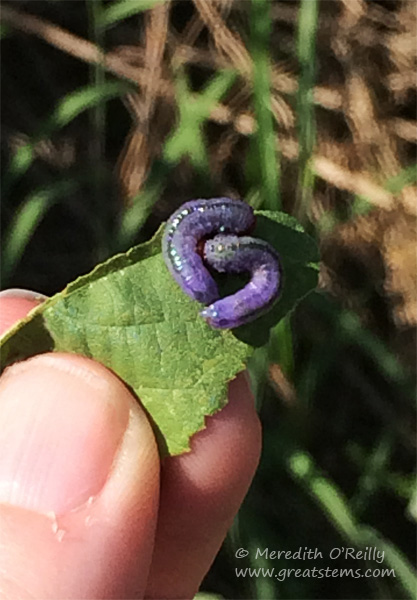
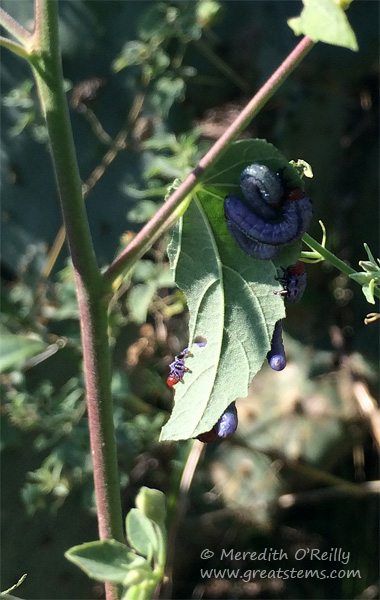
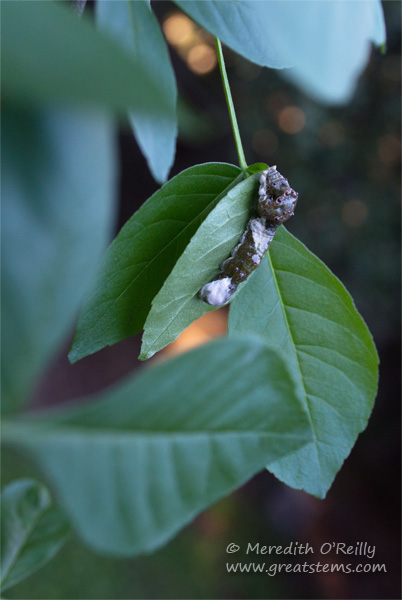 This year we had to transplant that now large Wafer Ash to the opposite side of the yard, and I feared that it wouldn’t survive. But amazingly enough it did, and we have our latest batch of bird-poop caterpillars. These little guys are making me so happy, and I really do feel at the moment like the garden has come full circle — I’m right back to seeing one the favorite fauna species I planted trees for all those years ago.
This year we had to transplant that now large Wafer Ash to the opposite side of the yard, and I feared that it wouldn’t survive. But amazingly enough it did, and we have our latest batch of bird-poop caterpillars. These little guys are making me so happy, and I really do feel at the moment like the garden has come full circle — I’m right back to seeing one the favorite fauna species I planted trees for all those years ago.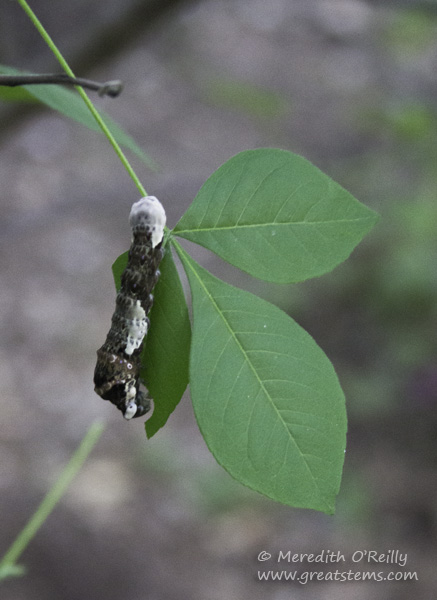 Wafer Ash is a small deciduous tree found in much of the eastern and southern areas of the United States and into Central America. Because it prefers part shade to shade for its light, it serves well as an understory tree. It earned its species name trifoliata for its characteristic three leaflets. Small white flowers in late spring give rise to wafer-like seeds come fall, hence one of its common names.
Wafer Ash is a small deciduous tree found in much of the eastern and southern areas of the United States and into Central America. Because it prefers part shade to shade for its light, it serves well as an understory tree. It earned its species name trifoliata for its characteristic three leaflets. Small white flowers in late spring give rise to wafer-like seeds come fall, hence one of its common names.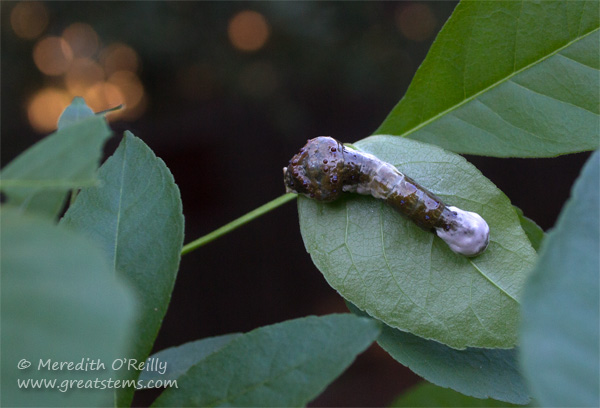
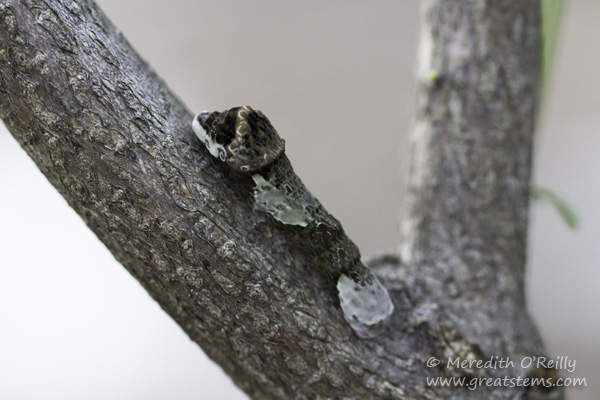 When these caterpillars take a rest, they are often found along the bark or branches of the tree, perhaps for camouflage or to simply avoid predators that might more easily locate them on the green leaves. As if that bird poop appearance isn’t enough to deter would-be munchers!
When these caterpillars take a rest, they are often found along the bark or branches of the tree, perhaps for camouflage or to simply avoid predators that might more easily locate them on the green leaves. As if that bird poop appearance isn’t enough to deter would-be munchers!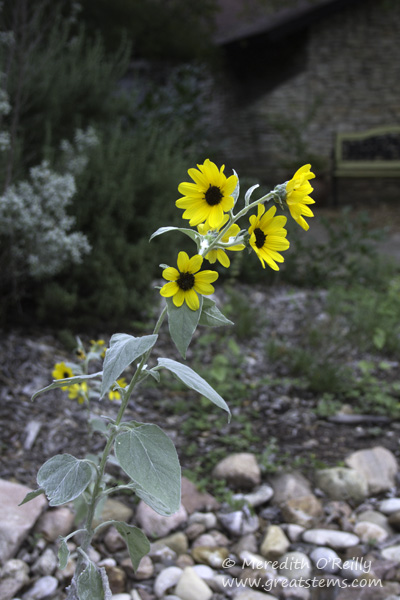
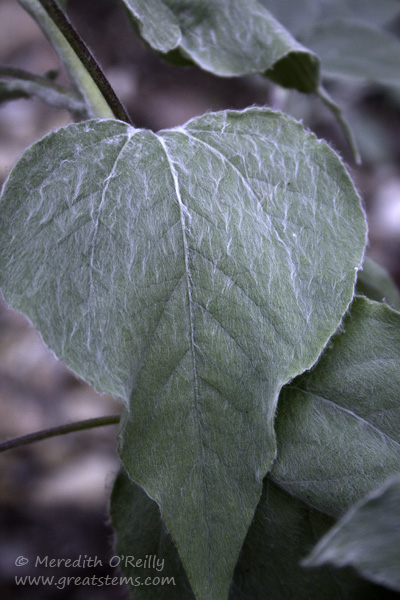
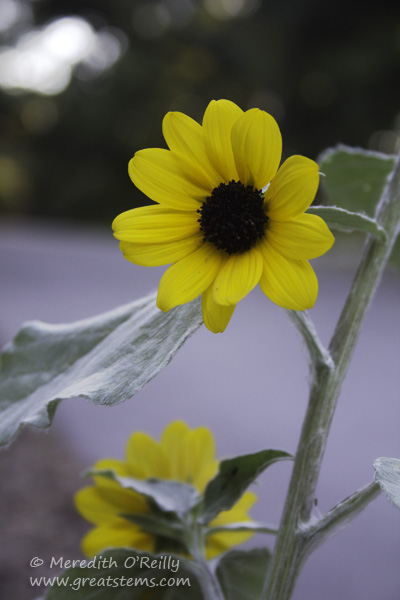
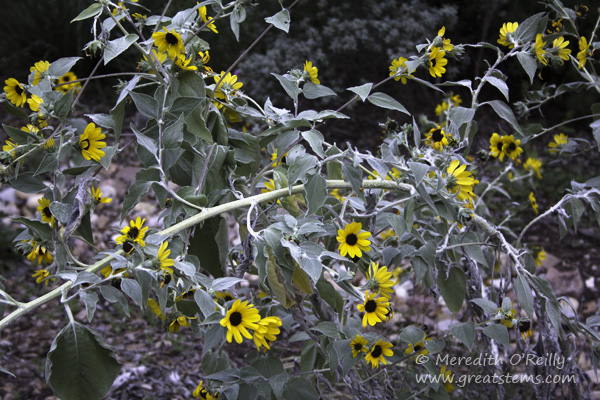
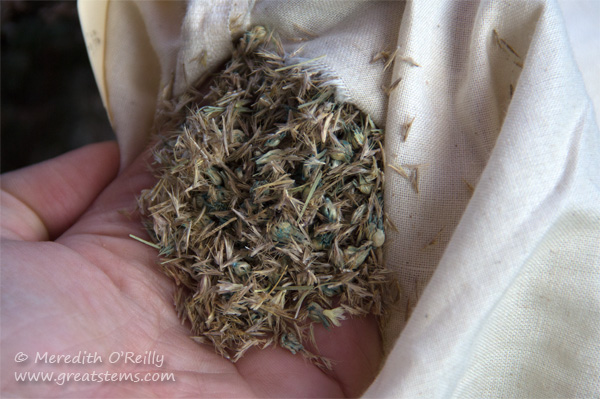
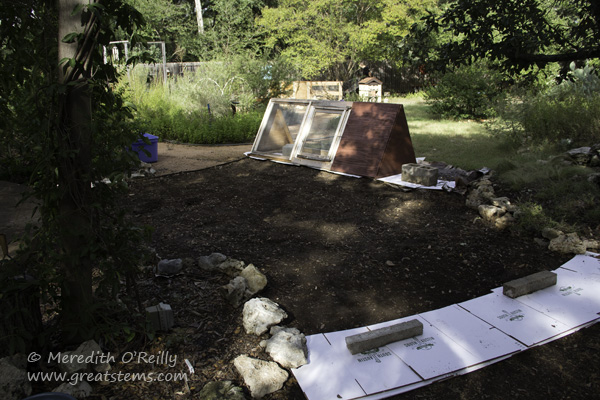
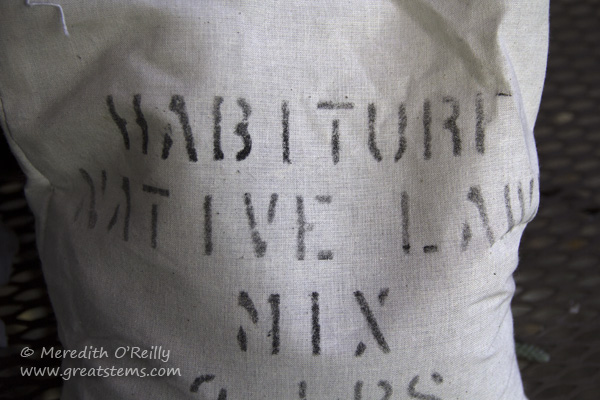 September brought promise of rain for us this year, and it was a fine time to go ahead and seed the Habiturf, a mixture of Buffalo Grass, Curly Mesquite, and Blue Grama seeds. The idea of the three grasses is that diversity of acceptable species has a better chance of crowding out any weeds or Bermuda that might try to establish there, and that diversity helps provide protection from diseases or pests that might otherwise cause problems in a traditional turf lawn.
September brought promise of rain for us this year, and it was a fine time to go ahead and seed the Habiturf, a mixture of Buffalo Grass, Curly Mesquite, and Blue Grama seeds. The idea of the three grasses is that diversity of acceptable species has a better chance of crowding out any weeds or Bermuda that might try to establish there, and that diversity helps provide protection from diseases or pests that might otherwise cause problems in a traditional turf lawn.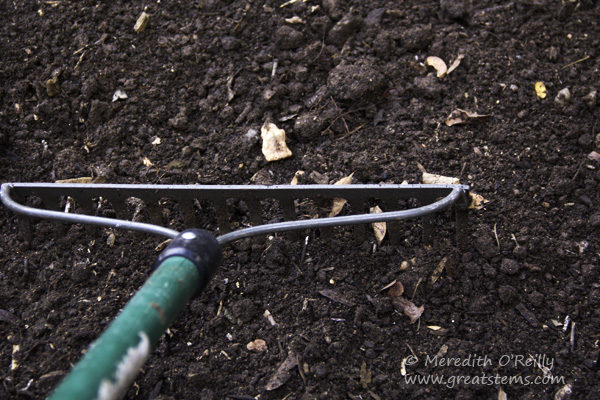 First, we used a dirt rake and shovel to loosen up any compacted areas (necessary after months of dogs and people trampled the cardboard and soil).
First, we used a dirt rake and shovel to loosen up any compacted areas (necessary after months of dogs and people trampled the cardboard and soil).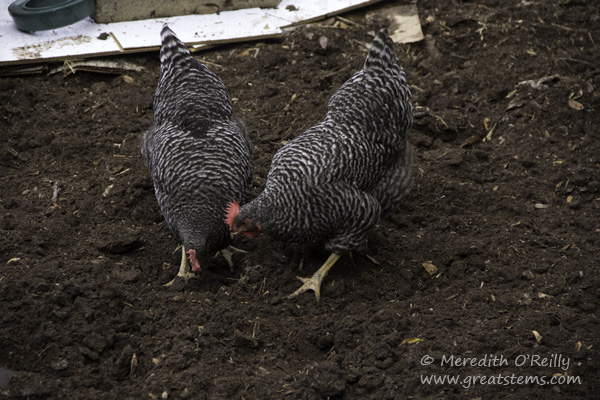 Then we added a light layer of compost and raked it in. The chickens did a better job of mixing it than we did. I highly recommend them as garden helpers and tools.
Then we added a light layer of compost and raked it in. The chickens did a better job of mixing it than we did. I highly recommend them as garden helpers and tools.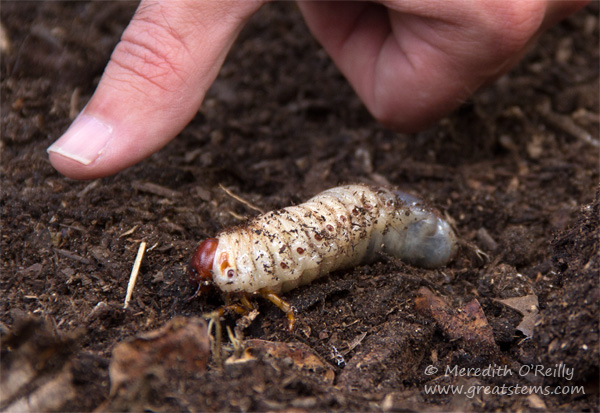
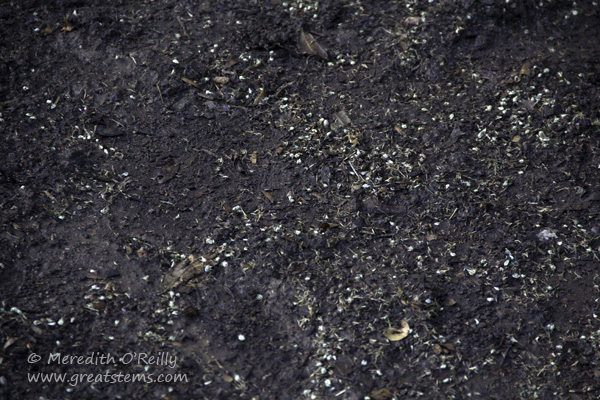 We tamped the seeds into the soil simply by walking on the area. Then I watered thoroughly. The soil had to remain moist for days in order for seeds to germinate — in Texas, this could be the biggest challenge for many would-be native grass gardeners. Fortunately, we had a spell of rain to help.
We tamped the seeds into the soil simply by walking on the area. Then I watered thoroughly. The soil had to remain moist for days in order for seeds to germinate — in Texas, this could be the biggest challenge for many would-be native grass gardeners. Fortunately, we had a spell of rain to help.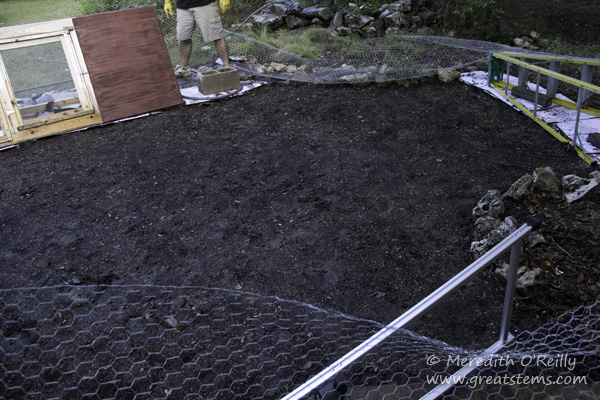
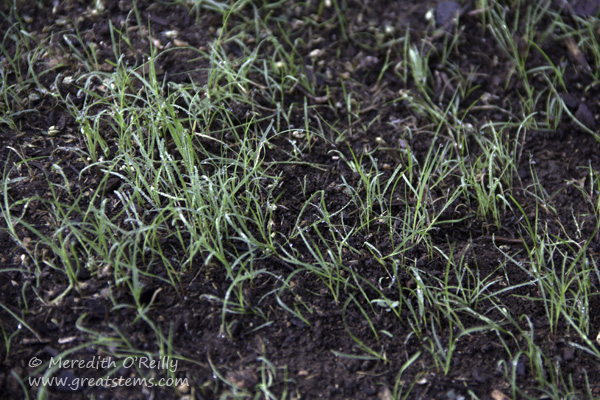 Germination was remarkably quick, thank goodness. The plentiful rain helped with that. Once the seedlings were about an inch or so long, I removed the light row cover and stopped worrying about the chickens getting in there. As the grass grows longer and fills in, I’ll share an updated picture.
Germination was remarkably quick, thank goodness. The plentiful rain helped with that. Once the seedlings were about an inch or so long, I removed the light row cover and stopped worrying about the chickens getting in there. As the grass grows longer and fills in, I’ll share an updated picture.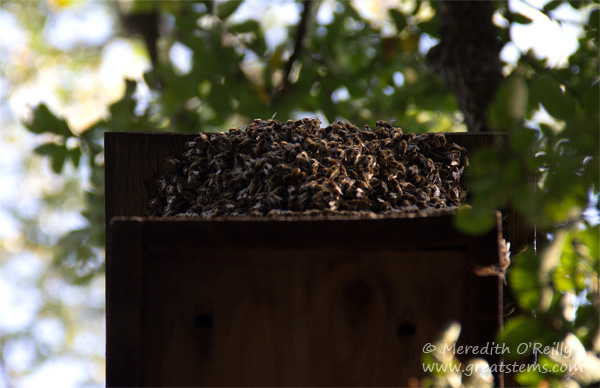
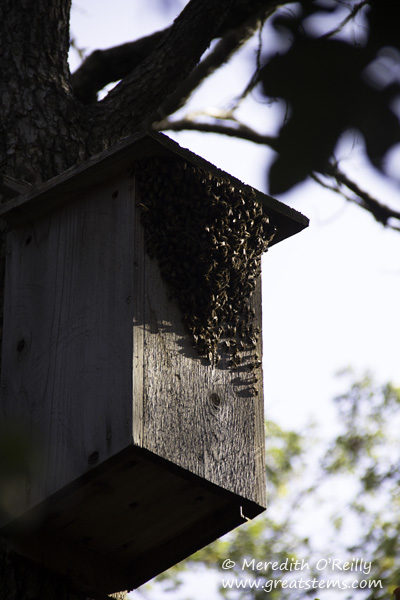
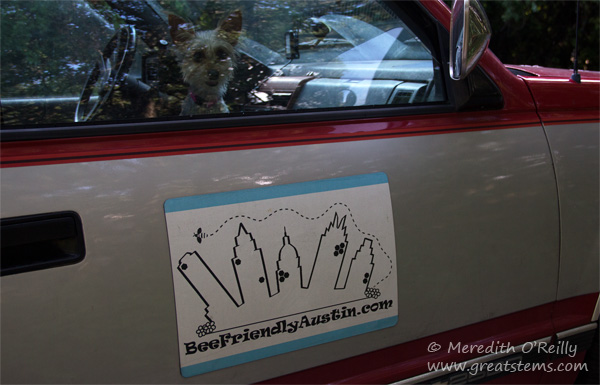
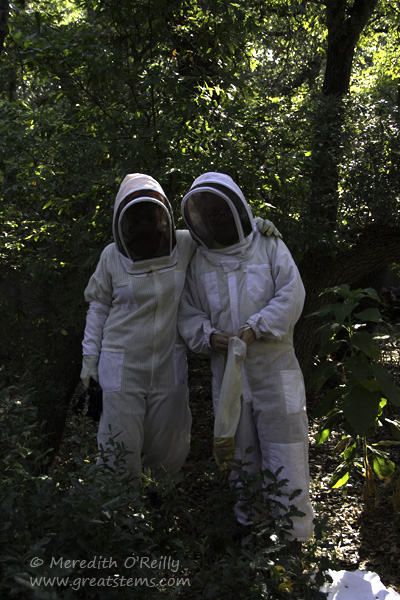
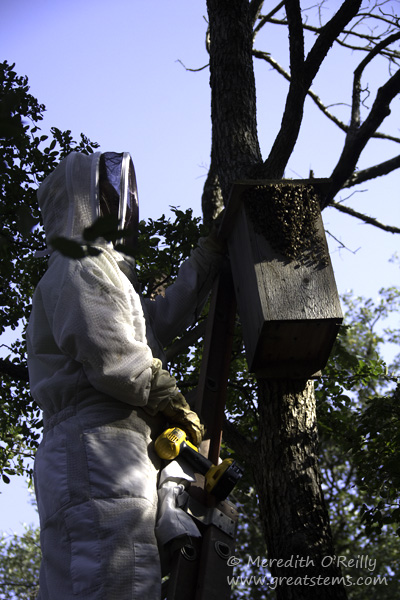
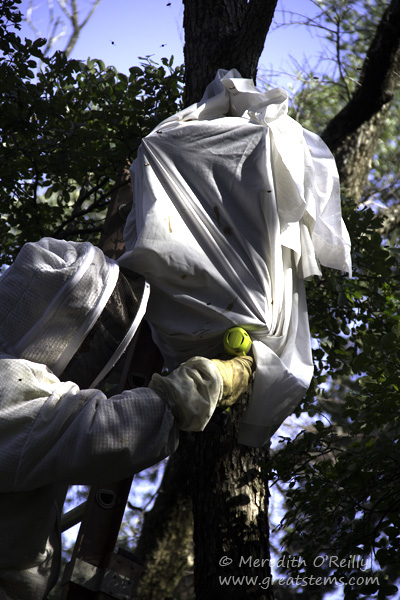
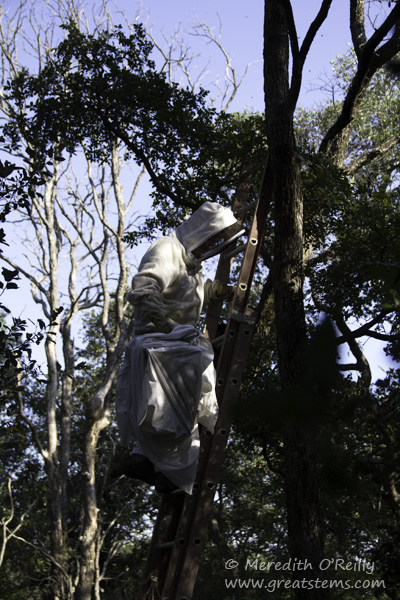
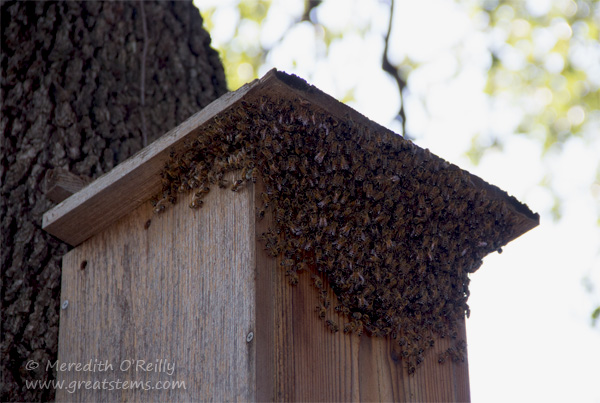
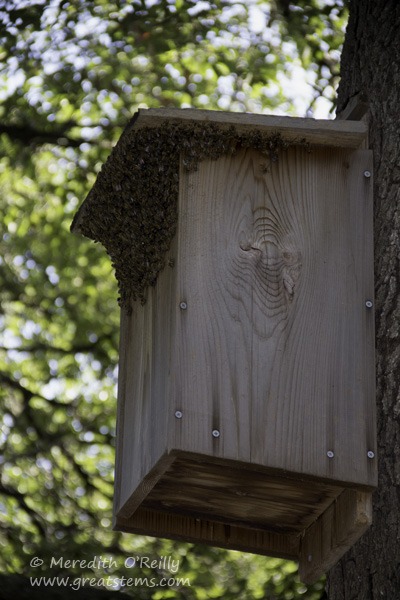
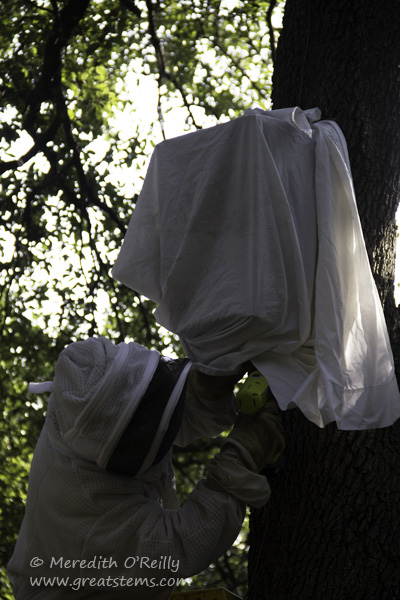 Chuck used the same technique with the sheet, as it had worked so smoothly at our house. It worked just as smoothly the second time.
Chuck used the same technique with the sheet, as it had worked so smoothly at our house. It worked just as smoothly the second time.